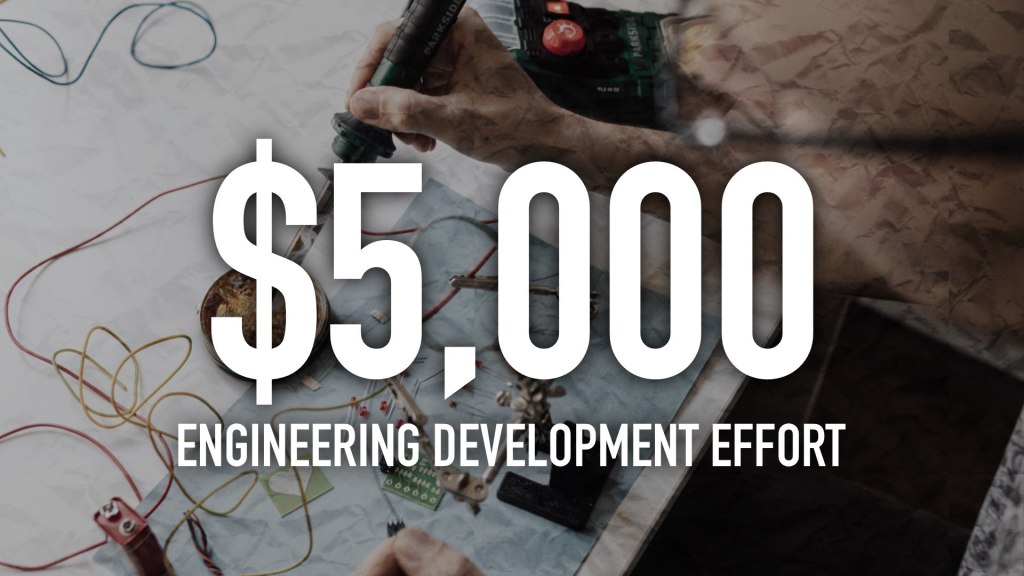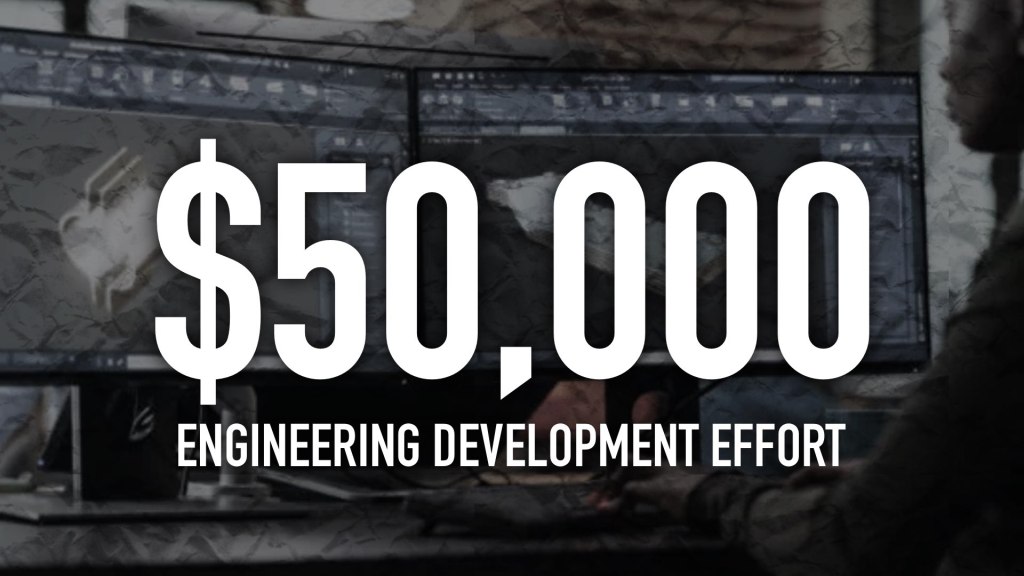Engineering development efforts are the backbone of innovation and progress in various industries. From conceiving groundbreaking ideas to transforming them into practical solutions, these developmental phases play a pivotal role in shaping the success of projects. However, the costs associated with engineering challenges vary significantly, presenting engineers and project managers with unique obstacles at each level. In this blog post, we will delve into the diverse landscape of engineering developmental costs, focusing on the distinctions between $5K, $50K, and $500K efforts. By understanding the key points and implications at each cost level, we can gain valuable insights into how strategic resource allocation and proactive measures can lead to project success.

The $5K Engineering Development Effort:
At the inception of any engineering endeavor lies the $5,000 proof of concept development. This phase is vital for testing the feasibility of a novel idea or design. While the cost may appear modest, the implications of this stage are profound. It involves creating preliminary prototypes, often utilizing commercial off-the-shelf (COTS) components, conducting basic functional tests, and gauging the viability of the concept before investing more substantial resources.
Key Aspects of the $5K Engineering Development Effort:
a) Preliminary Prototyping: Building basic prototypes to visualize the concept’s potential.
b) Concept Validation: Conducting initial tests to ensure the idea aligns with project objectives.
c) Iterative Refinement (budget dependent): Continuously improving the concept based on feedback and findings.

The $50K Engineering Development Effort:
Moving up the ladder, we encounter the $50K engineering development effort. This phase represents a crucial juncture in the project’s evolution, where the focus shifts from concept validation to conducting in-depth research and development (R&D) activities. Engineers embark on thorough feasibility studies, simulation modeling, and theoretical studies to explore potential solutions and technologies that align with the project’s objectives.
Key Aspects of the $50K Engineering Development Effort:
a) Feasibility Studies: Thorough research and analysis to explore potential solutions and their practicality.
b) Simulation Modeling: Using computer-based simulations to assess the concept’s performance under different conditions.
c) Theoretical Validation: In-depth analysis and modeling to refine and optimize the proposed solution.

The $500K Engineering Development Effort:
At the higher end of the developmental cost spectrum lies the $500K effort. This phase involves addressing formidable challenges, such as unforeseen structural challenges, major design flaws, or extensive regulatory compliance requirements. Here, engineers shift their focus from theoretical studies to real-world testing and experimental studies.
Key Aspects of the $500K Engineering Development Effort:
a) Real-World Testing: Conducting physical tests and evaluations of the refined solution under realistic conditions.
b) Experimental Studies: Carrying out controlled experiments to validate the performance and reliability of the solution.
c) Mitigation Strategies: Implementing risk mitigation plans based on the insights gained from real-world testing.
By understanding the nuances of the $50K engineering development effort, we gain valuable insights into the meticulous research, simulation, and theoretical studies required to refine the initial concept into a practical and viable solution. This preparation sets the stage for the $500,000 developmental effort, where engineers shift their focus to real-world testing and experimental studies to validate the solution’s performance and ensure its success in the dynamic world of engineering innovation. With strategic resource allocation and proactive measures at each stage, engineering teams can navigate these challenges with confidence, ensuring the successful realization of their projects.
